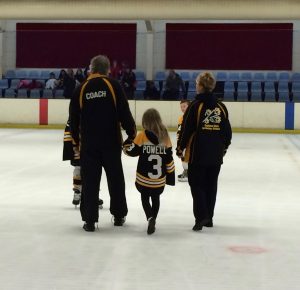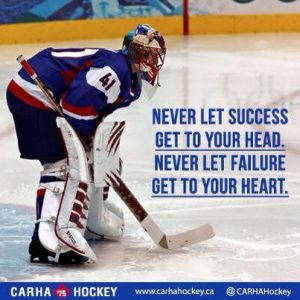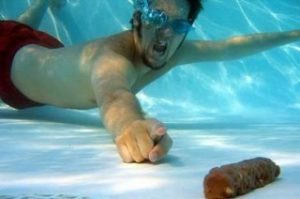Now that things are normalized, with the kids back in school, I’ve had some time to think about Sunday’s practice.
 I’m quite proud of the kids at Coff’s Harbour; we went from a team that was beating us 15-0 at the start of the year, to a 1-1 tie; great improvement
I’m quite proud of the kids at Coff’s Harbour; we went from a team that was beating us 15-0 at the start of the year, to a 1-1 tie; great improvement
And Kaleb was awesome in goal (come practice whenever you like at acacia ridge, i can work with him).
Anyone else want to play goal this weekend and get some practice in? Alex? Liem?
I’ve got a coupe of drills I want to run, and one is attached below, along with short area games; we can divide the ice up into 3 sections, so children are not standing around too long
I regret to inform you that Kyle has resigned as head coach of the atom majors. This was not a decision taken lightly, but we’re all volunteers, and sometimes it’s best to move on.
I have always supported Kyle and think he is a great coach. He has done wonderful things with the atom majors this year.
He will be out on the ice Sunday to help out — cause that’s how he is — but will no longer have to deal with the politics.
I fully understand, and it’s why I stood down as head coach for the club a couple of months ago.
For Kyle and I, our shared coaching philosophy is continuous improvement, lotsa smiles.
ADM kids
Even Sporer
http://www.admkids.com/news_article/show/700395?referrer_id
In the vast ocean of youth hockey, the best way for some of the youngest fish to learn is not by swimming in a single-file, straight line, but by spreading their fins and doing a little of everything.
And it’s not opinion. It’s science.
“Chaos can be fun,” said Dave Starman, masters-level instructor for USA Hockey’s Coaching Education Program and college hockey scout for the Montreal Canadiens.
 Less Structure, More Development
Less Structure, More Development
NHL practices can be military-like in precision. When it comes to practices for younger players, less – in terms of structure – can be more.
“It’s important, especially at the younger level, because if they’re not moving around, they don’t have the ability to teach themselves to do a lot of things,” Starman said. “I can stand there and tell a kid to move his foot one way, or move his foot another way, but when that kid goes out there and starts moving his feet around, and falls down, and gets up, all that trial-and-error just makes you a better player because you’re teaching yourself a lot of stuff.”
More than Cross-Ice
That’s where USA Hockey’s American Development Model (ADM) comes in, a program Starman said is tailor-made to be the guiding principle of an 8U practice.
“Number one is, people need to realize that the ADM is more than just cross-ice playing,” Starman said. “The beauty of the ADM is that it’s laid out so clearly, and part two of it is it’s so science-based.
“What you’re reading is not hypothesis; what you’re reading is fact.”
Keeping Kids Engaged
Keeping things fresh and lively, Starman said, are keys to maximizing what a young player is getting out of a practice.
Unconventional drills and games can be the key to helping harness different skills a hockey player needs to be successful.
“For 8Us, look at sharks and minnows,” Starman said. “Sharks and minnows is chaos, but the beauty of sharks and minnows for our little kids is they can skate from one side of the rink to the other in any pattern they want to.
“They’re not getting told, ‘Go in a straight line, and make a left,’ or, ‘Make two circles, and take a shot.’ They’re figuring out where to go, they’re finding open space, and they’re figuring out a way to avoid being tagged. They’re keeping their head up, conscious of where the danger is.”
No Standing Around
At such a young age, and still firmly in developmental mode, Starman said keeping hockey enjoyable and a fun game is also paramount.
“There’s no sport for taking out the garbage, because kids don’t want to do it,” Starman said. “For hockey, it’s kind of the same thing. If you make it something they have to go to, or make it something that’s not enjoyable, they’re not going to play.”
That’s precisely where the ADM comes in.
“The one thing the ADM has done is allow both coaches and players to have a little more fun because of the fact that you’re in more small-area games, you’re in more stations, your compete level is higher, your ability to get more kids moving at the same time (is higher), and I’m talking even up to the bantams,” Starman said. “The best way to make a kid not want to play is to make him or her stand around and watch others play. With what we’re doing right now, everybody is in motion; there’s not a lot of standing around.”
Teach a Kid to Fish
It can create chaos, like Starman said, but a little chaos in the ocean could be just what the fishes need.
“You know the expression ‘You give a man a fish, he can eat for a night, but you teach him to fish, he can eat forever?'” Starman said. “A lot of that is true when you get into unstructured situations in their small areas because they’re teaching themselves.
“When you teach yourself something, you tend to remember it a lot longer than being taught something that either, one, you may not understand right away, or two, you’re not in the mental frame of mind to learn.
“That’s one of the major reasons why we’ve made a lot of strides with our younger players. They’re having more fun because they’re picking a lot of things up through their own play and competition.”
 Officials with the Niagara County Department of Health announced Thursday afternoon that they are looking into reports of illness possibly associated with Mighty Taco restaurants.
Officials with the Niagara County Department of Health announced Thursday afternoon that they are looking into reports of illness possibly associated with Mighty Taco restaurants. 









